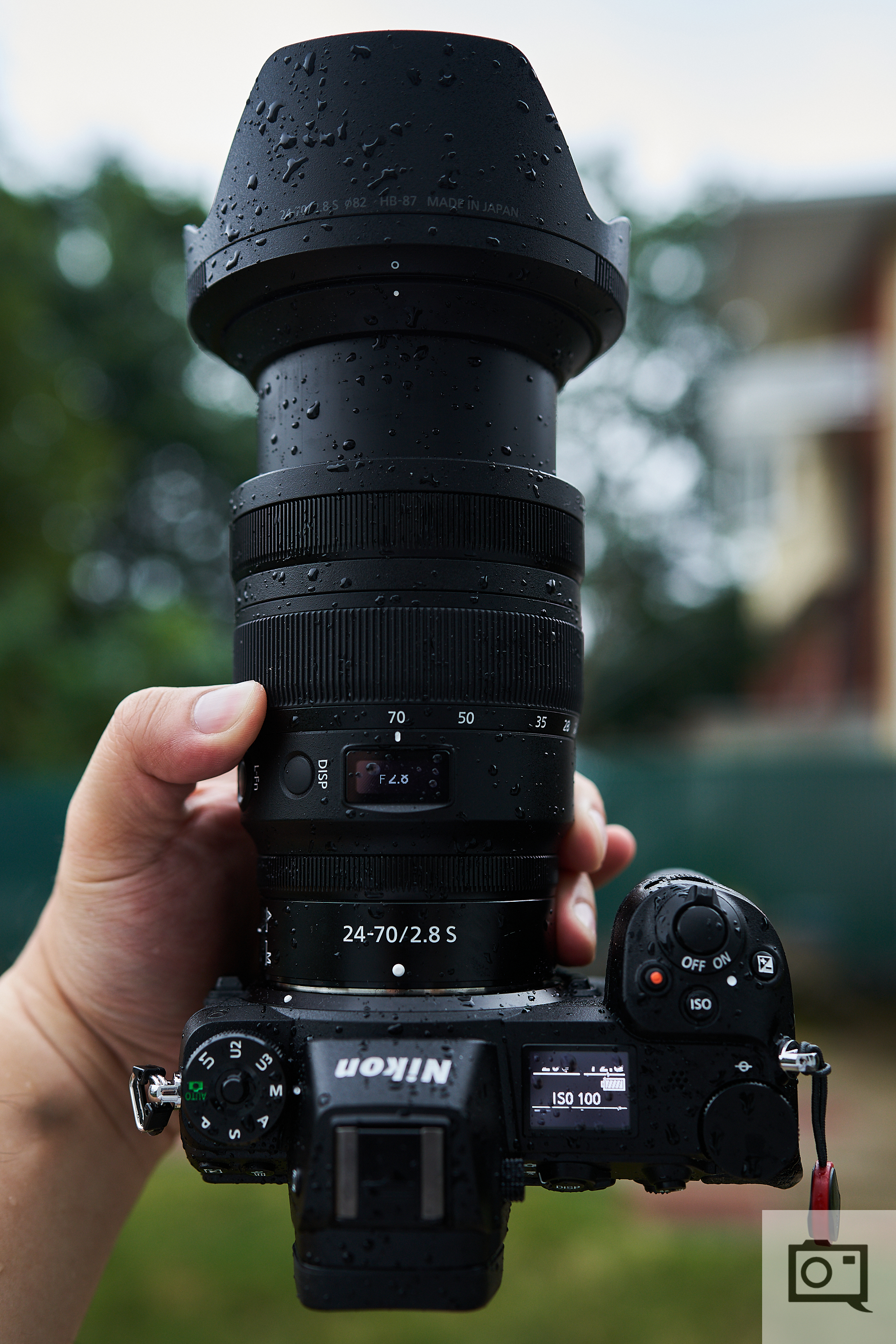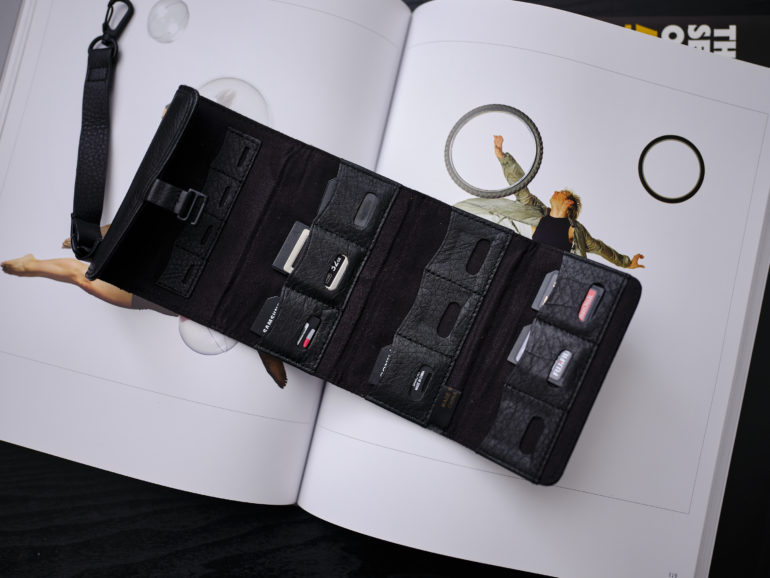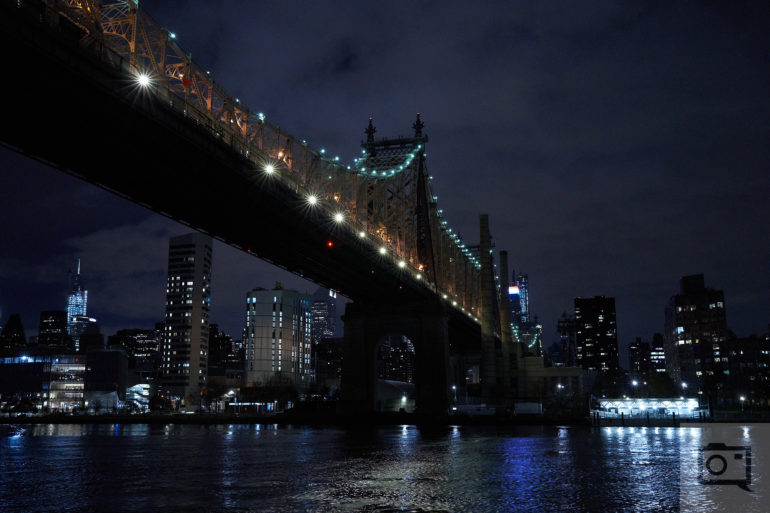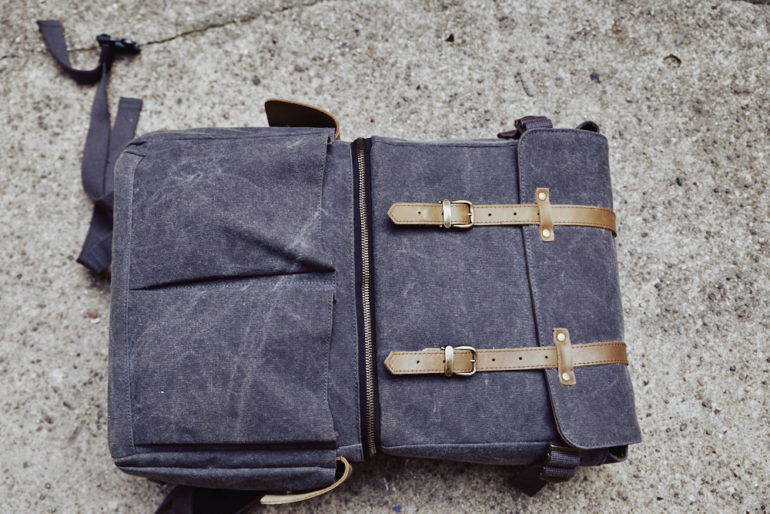Last Updated on 07/31/2020 by Mark Beckenbach
To prevent your camera from overheating in the summer, try these tips.
It’s a fairly common problem with all sorts of cameras. You’re out shooting, and you suddenly feel the camera get pretty hot. We’ve had it happen with a lot of ones we test, and we always try different approaches. Some of these are tried and true methods for years now. While you can’t overcome all overheating issues with your camera, there are some you totally can. So we’ve rounded up a list of things every photographer should try. The next time your camera really starts heating up on you, give one of these a shot.
Faster Memory Cards
This has worked for us with various Canon cameras we’ve used, and we’ve wrote about it nearly a decade ago. Since we wrote that article, many cameras these days have heat sinks built-in for video shooting. The theory here is that the faster a memory’s write speed is, the less it will tax it the camera’s processor. So if it can write more quickly, then that little red blinking light that tells you that the camera is writing to the card will disappear sooner. A processor that’s working less hard means a better experience with less heat potential. Granted, your memory cards can get very hot, which ties into our next option.
Don’t Machine Gun Shoot
We’ve been on portrait shoots where someone is simply machine gun shooting at a poor model. Why? Why not shoot three or four great photos instead of trying to capture every single moment to rummage through later on? This applies to other things, too, like wildlife. Sometimes you really need the speed, but you don’t legitimately need it all the time. Some cameras will only let you track a moving subject in low continuous burst modes anyway. So, in general, try not to machine gun shoot. Or if you’re going to, shoot at a smaller RAW file with no JPEGs, so you don’t work the camera as much.
Turn Off Image Stabilization
I’ve seen this one very specifically with Panasonic S1 and Panasonic S1R cameras. Over the past year, these cameras have been on long term loan to me in one way or another. Sometimes they’ll get pretty warm, and I’ll need to turn them off. But no matter what, I’ve always found that turning off image stabilization works. This has also helped me with Olympus and Sony. It’s not always practical to turn off IS, so weigh this option with caution. But personally speaking, I think everyone could learn to shoot without relying on the crutches modern camera technology gives you.
#shootfilmstaybroke
Higher ISOs Use More Energy
What I’ve found is that lower ISO settings use less battery life. Higher ISO settings tend to work the processor more based on what the native ISO of your camera’s sensor is. This is especially the case if you have parameters like high ISO noise reduction on or anything else like that. So, if you want to prevent the camera from overheating, try shooting at lower ISO settings.
Long Exposures Use More Energy and Cause Heat
Similar to high ISOs, long exposures cause a lot of heat to build up in your camera. Ever shot an image at 30 seconds, and then five others and felt how warm your camera got? You’re cooking the processor! If you’re shooting long exposures out in an already hot/warm place, then you’re going to cause heat issues for sure. Of course, this won’t happen with film!
Don’t Keep Your Camera in Your Car
If you’ve got a more affordable camera with lesser build quality, don’t keep your camera in your car for too long. If you park your vehicle in the sun and leave something in there, it will get very hot. You wouldn’t leave a child or a pet in there. And if you left something else that’s plastic in there, it would probably become misshapen. It’s common with cheaper cameras, but I wouldn’t leave higher-end cameras in a car without protection (or even at all) either.
Keep Your Camera in Your Bag
Ideally, keep your camera in your camera bag and pull it out only when you need it. I know that’s not practical, but sometimes it can be if you’re on vacation with family.
Don’t Keep Your Camera in Your Hand: Use a Strap
Your body heat will heat up the camera. My favorite thing to do is to have a strap that slung from my shoulder to the opposite hip. Only when I need it will I grab the camera so that way the heat doesn’t transfer from your body to the camera.





